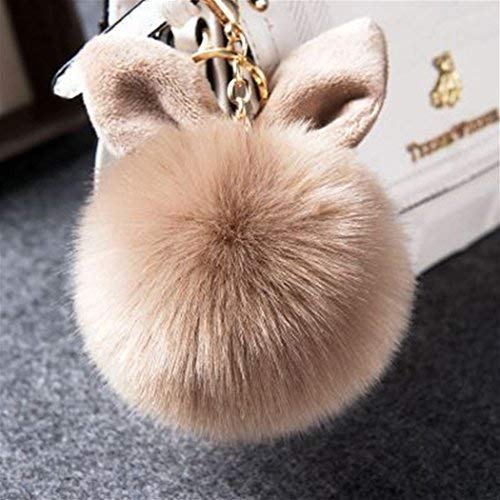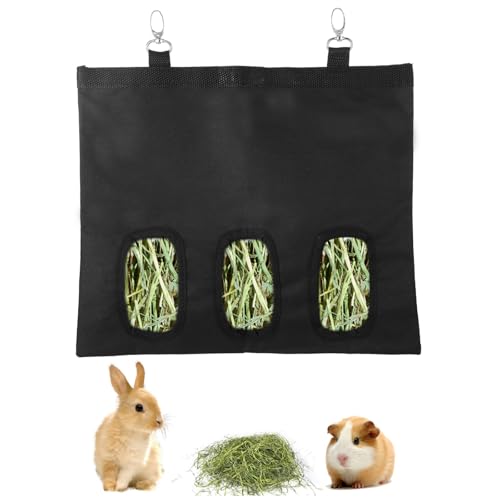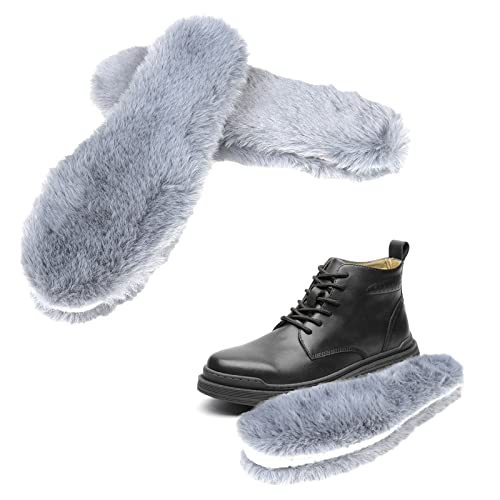I don't see stripes and the face doesn't look like it's split colors left-and right... this is what I've assumed are the patterns of harlequin, so what am I looking for in these cuties, to spot the hidden harlequin?
In a normal extension agouti rabbit, the outer band on a single hairshaft is made of a darker
eumelanin color (black, blue, chocolate or lilac), until the hormones change pigment production to the yellowish
pheomelanin color. Harlequin (coded e(j) for Japanese, the earlier name for this pattern), simply means that the agouti bands of dark and yellowish, instead of being bands on a single hair, are on separate patches of skin. They can be all mixed up, like a brindle Great Dane dog; or in spots, stripes or splotches. The gene itself doesn't determine the pattern, simply that each hairshaft has either dark or yellowish hair alone, instead of both colors in bands on a single hair.
Now, to be a show-quality harlequin, there is a very specific set pattern that they strive for, with alternating blocks of yellow/dark, with a color change at the midline. That's what we think of when we think of harlequin. But, the gene can express itself in many forms, from the mixed hairs of brindle to narrow stripes, free-form splotches and spots, wide bands, or anything in-between. The tell-tale sign of e(j) is finding sections with all dark and sections of all yellow.
A tortoiseshell rabbit (which is recessive to harlequin) has all yellow on the main body, with dark color on the points. A broken tort will have dark and yellow spots, but you'll only see the dark spots on the points, and the yellow spots only on the main body.
Harlequinized rabbits have both a dominant normal extension and a recessive harlequin gene. They will have the normal agouti pattern, but the color will just seem 'off'. It turns out that the reason it looks off, especially in harlequinized castors, is that there will be sections of the coat looking darker and sections looking more chestnutish--standard castors don't do that. You'll also usually find some mottling of color around the ears, or a slight midline color shift on the face.

The bunny above was born looking like a standard castor, but can you see that the right side of the face has more of a yellowish tint, and the left side darker? The buck below is out of a wild gray chestnut agouti (castors are called chestnuts in English Angoras) and a harlie. See how the color is off? There are some small harlequinized hairs in lighter and darker sections.








































